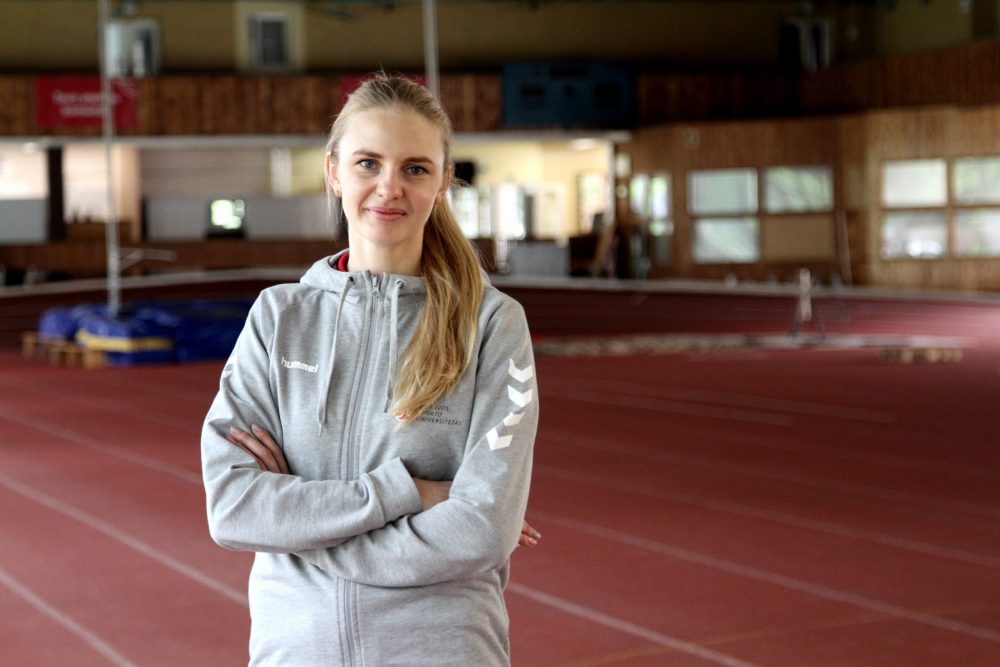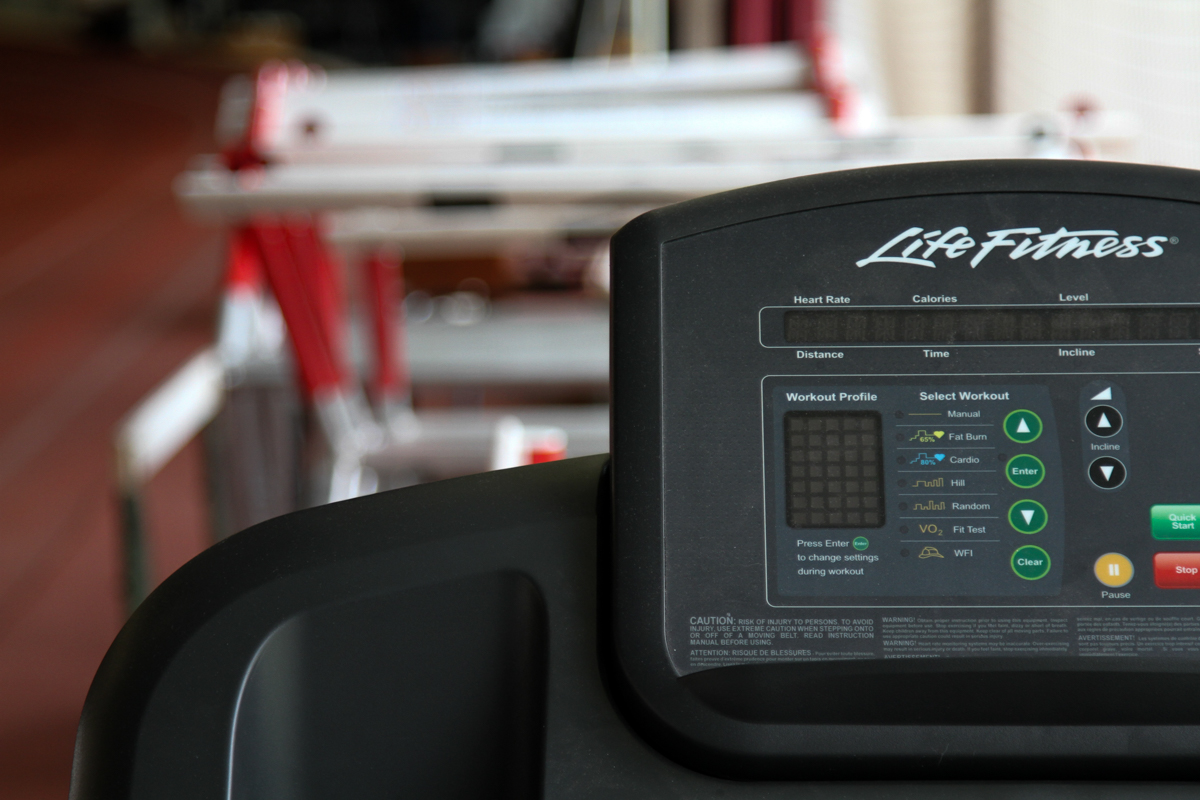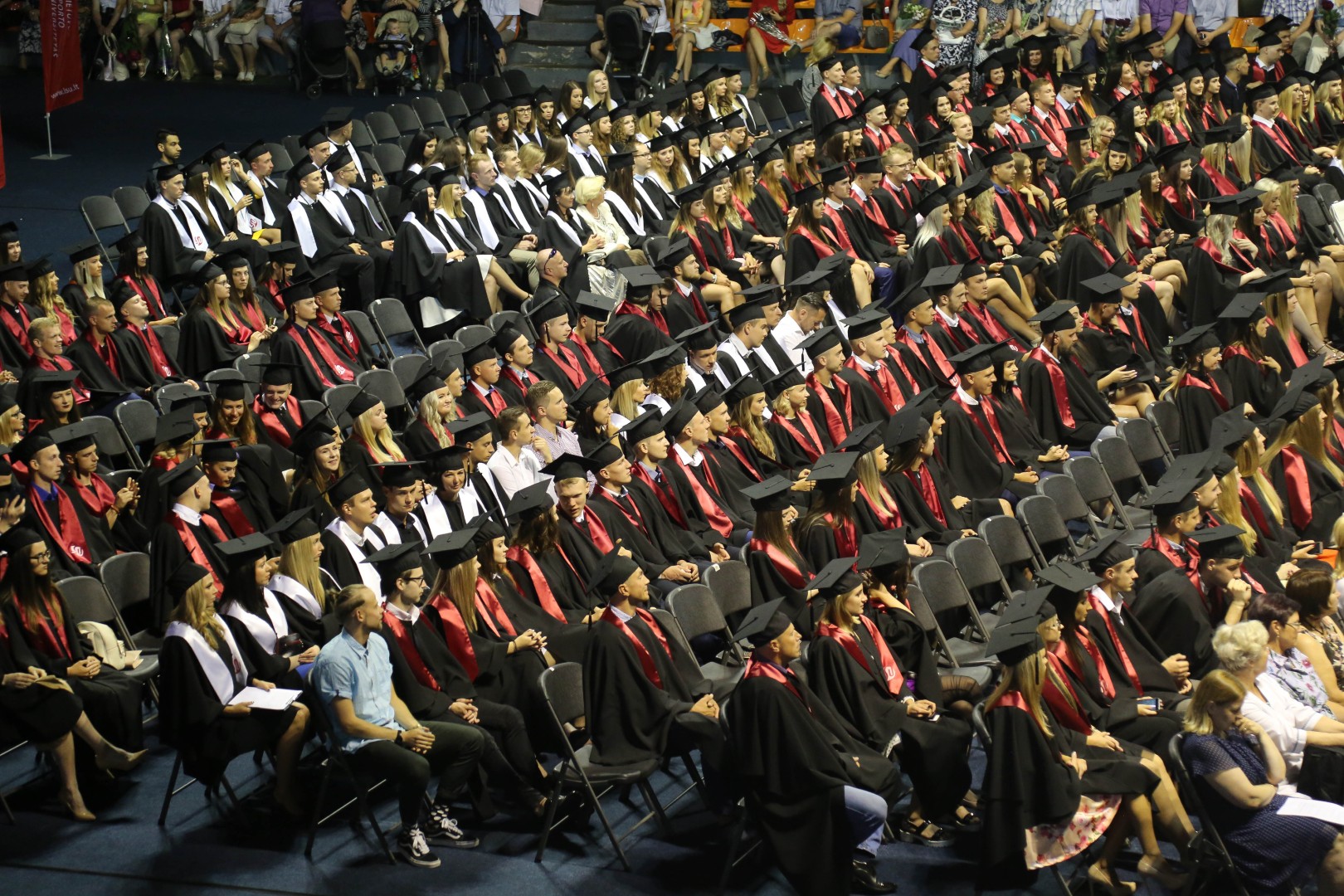An intense and interesting summer has been planned for the Lithuania men’s national basketball team. According to the minimum plan, the basketball players will have a two-week training camp and an Olympic qualifying tournament starting in Kaunas on June 29.
If Darius Maskoliūnas’ players manage to win the Olympic selection tournament, the summer for the Lithuanian national team will last even longer, as, on July 23, an Olympic challenge would await in Tokyo, which would last until August 8. D. Maskoliūnas has invited 15 basketball players to the preparation camp, which will start on June 16, including three players competing in the National Basketball Association (NBA) – Domantas Sabonis (Indiana “Pacers”), Ignas Brazdeikis (Orlando “Magic”) and Jonas Valančiūnas (Memphis “Grizzlies”), who is still playing in the playoffs.
Because of the Olympic qualifying tournament, the leaders of the Old Continent Basketball Championships decided to announce the champions by June 15th. As many as nine out of fifteen Lithuanians invited to the camp have not yet completed their seasons in various European leagues, and J. Valančiūnas may not be able to return before the start of the Olympic qualifiers if “Grizzlies” are successful.
This should make the Lithuanian national team head coach D. Maskoliūnas worry about the composition of the team and the workload of the players in the most important summer competitions.
Inga Lukonaitienė, a scientist at Lithuanian Sports University (LSU), has been researching the topical problem of load distribution during intensive preparatory and competition periods for several years.
“The fact that basketball players will join the Lithuanian national team after an intense season makes workload be planned and controlled in advance, and coaches will have to monitor each player’s individual response to the workload. Attention should be paid not to higher workloads, but to recovery, which would allow maintaining the existing physical fitness,” I. Lukonaitienė gave advice to the coaches of the national team.
Although the scientist performs analyses of both men’s and women’s basketball teams, the latest research compares the condition of 18- and 20-year-old Lithuanian girls’ basketball teams in preparation for the European Championship and during the Old Continent Championships.
“It was an observation-based study that aimed to determine the workload of basketball teams in preparation for the championship. We were interested in the fact that the teams always have little time to prepare and there is no break between the preparation and the European Championship. Therefore, we guessed that the preparation period may be too intense,” summarised the research I. Lukonaitienė.
LSU scientists examined both the general well-being of basketball players and heart rate indicators. The physical condition of the players was assessed on a daily basis and the data collected was immediately passed on to the coaches of the teams, who made the necessary changes.
I. Lukonaitienė emphasized that the monitoring of basketball players requires quite simple registration methods, avoiding high time and energy costs. In addition to coaches visually assessing players on-court or off-court, it is advisable to delve deeper into the athlete’s inner senses – use a scale of subjectively perceived effort and questionnaires to assess fatigue, sleep quality, general muscle pain, stress levels, and mood.
“It is very good to use tools that show how an athlete’s body responds to a given load. A fairly informative indicator is the heart rate parameter. It can be calculated at no extra cost with the help of a smartphone and the application installed on it. This tool allows the athletic training coach to evaluate the individual data of the athlete a little more objectively and adjust the preparation for the next match accordingly,” said the scientist.
“Although the preparation time and conditions of both teams were very similar, we thought that both teams will work with different loads because a lot of details depend on the coach’s philosophy – preparation depends on the kind of load he is planning to give,” I. Lukonaitienė continued. “In reality, this was what happened, as one team worked a lot more, but the other team’s condition indicators were better at the beginning of the championship.
It was really surprising that the condition of the girls who worked more improved after the championship moved to the second half – the basketball players were still recovering at the beginning of the championship after too much load during preparation. In this sense, they were also helped by a favourable schedule, as they played with weaker opponents at the beginning of the championship. In the end, both teams achieved their goals and became the medal winners of the championship.”
The teams that participated in the study played seven matches in the European Championship in 9 days. The scientists performed a cluster analysis that allowed grouping basketball players according to the load given.
“We grouped the players according to the time played. The results showed that the rotation of the players in the match was quite optimal. We were surprised that we did not find any differences between basketball players who got different loads – their condition was very similar. This showed that players who play a lot are ready to get a bigger load,” said I. Lukonaitienė.
Using the material collected during the research, I. Lukonaitienė managed to write and successfully defend her dissertation “Investigating the Workload, Readiness and Physical Performance Changes during Intensified 3-week Preparation Periods in Female National Under18 and Under20 Basketball Teams”. Dr. I. Lukonaitienė who teaches the specialization of athletic training at LSU hopes that the dissertation material will be useful for her students as well.
I. Lukonaitienė appreciated the cooperation with the Lithuanian Basketball Federation (LKF). According to the scientist, LKF greatly appreciated the benefits of the research findings.
“We first communicated with the headquarters of the national team coaches. We immediately received both the support of the national team leaders and organizational support from the Federation. LKF representatives acknowledged that such research is important and necessary. It is very gratifying that science is increasingly finding a place in basketball,” I. Lukonaitienė appreciated the attention shown.
Former jumper I. Lukonaitienė was encouraged to join sports by an exceptional authority, famous athletic training coach, LSU professor, dearly remembered uncle Aleksas Stanislovaitis. The young athlete’s first attempts to enter the athletics stadium were once suppressed by a doctor’s verdict after discovering heart fibrillation. I. Lukonaitienė did not give up. After a few weeks, she received a permit to play sports and since then she did not miss a single workout without a reason. This lasted until the athlete’s ankle ligament trauma began to recur. According to the LSU scientist, it was like a sign to delve into training and sports science




